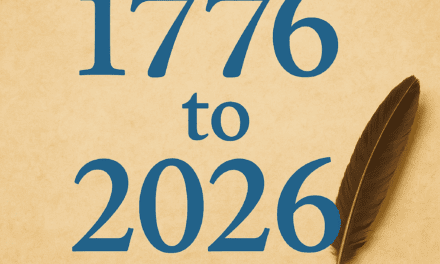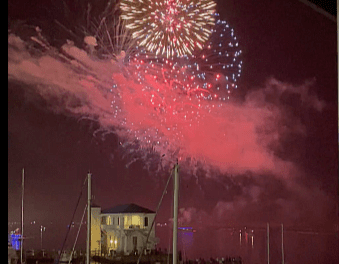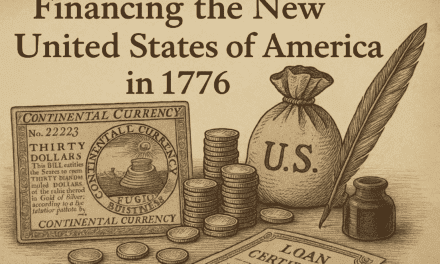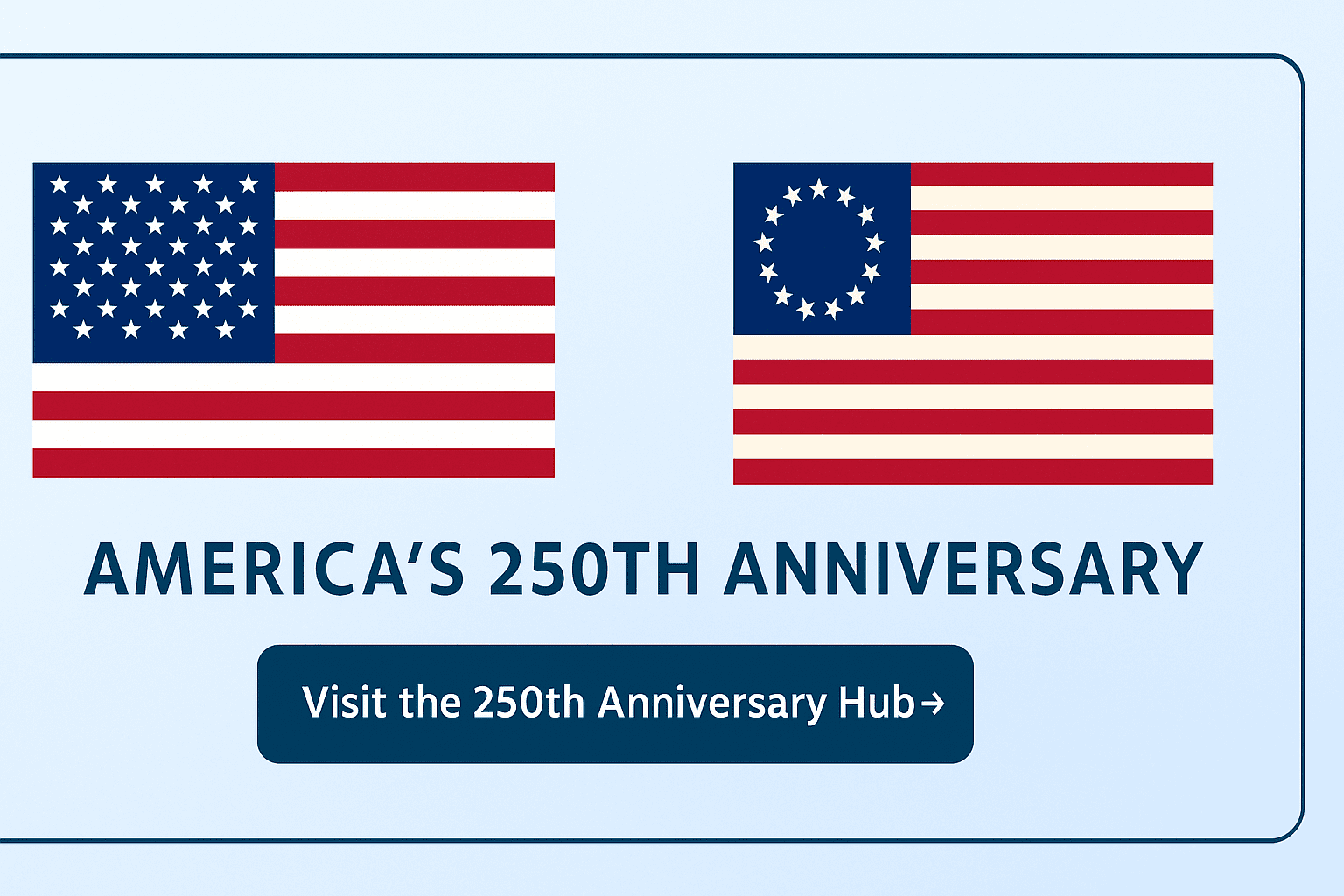Last updated on November 30th, 2025 at 11:57 pm
Introduction: A Moment the World Would Never Forget
When people think of American independence, July 4, 1776, immediately comes to mind. But July 8, 1776, was just as significant. This was the day 250 years ago when Philadelphia erupted with excitement as the Declaration of Independence was read publicly for the first time. Bells rang, crowds cheered, and a new nation took its first bold steps into history.
Listen to our audio presentation below
Why July 8th, Not July 4th?
While the Continental Congress adopted the Declaration on July 4, it took a few days to prepare the official copies and coordinate announcements.
The first public reading occurred on July 8, 1776, from the steps of what we now call Independence Hall (then known as the Pennsylvania State House).
An audio discussion and overview of this article are provided for the visually impaired
Quick facts:
- The Declaration needed to be officially engrossed (handwritten) before public reading.
- Philadelphia leaders wanted an organized public event to rally citizens around independence.
- Copies were sent across the colonies, but Philadelphia heard it first!
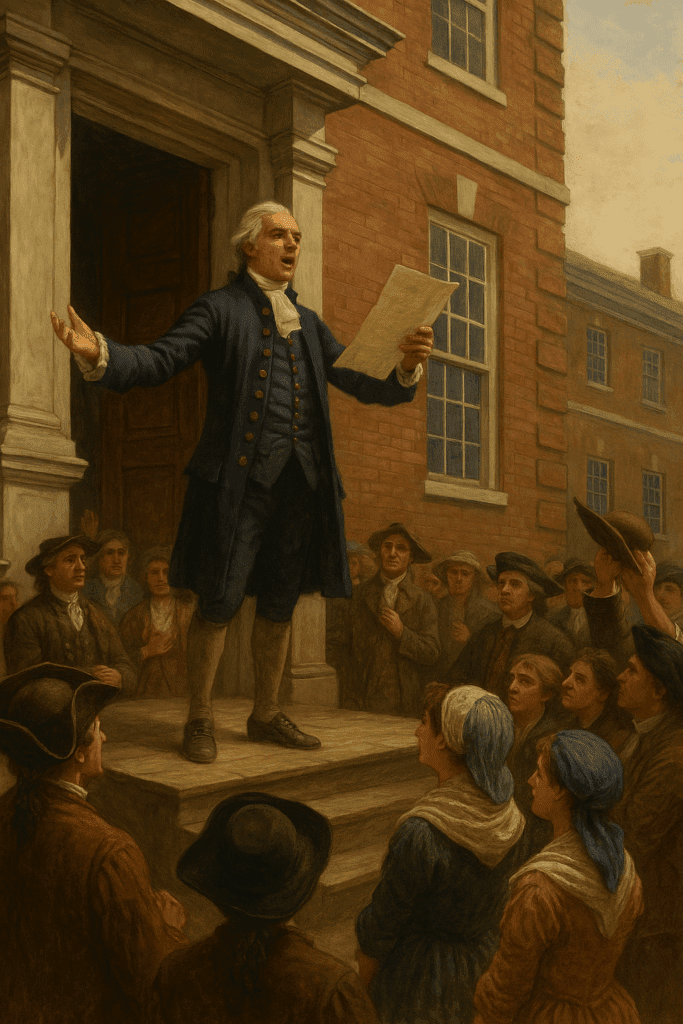
The First Public Reading of the Declaration of Independence
On July 8, Colonel John Nixon stood on a wooden platform outside the State House and read the Declaration aloud to a large crowd gathered in the square.
This marked the first time ordinary Americans — shopkeepers, farmers, craftsmen, and families — heard the bold words that declared their freedom from Britain.
The atmosphere:
- Excitement, curiosity, and a little fear — breaking away from the world’s greatest empire was no small act.
- Cheers broke out as Nixon finished reading.
- People rang church bells across the city to celebrate the moment.
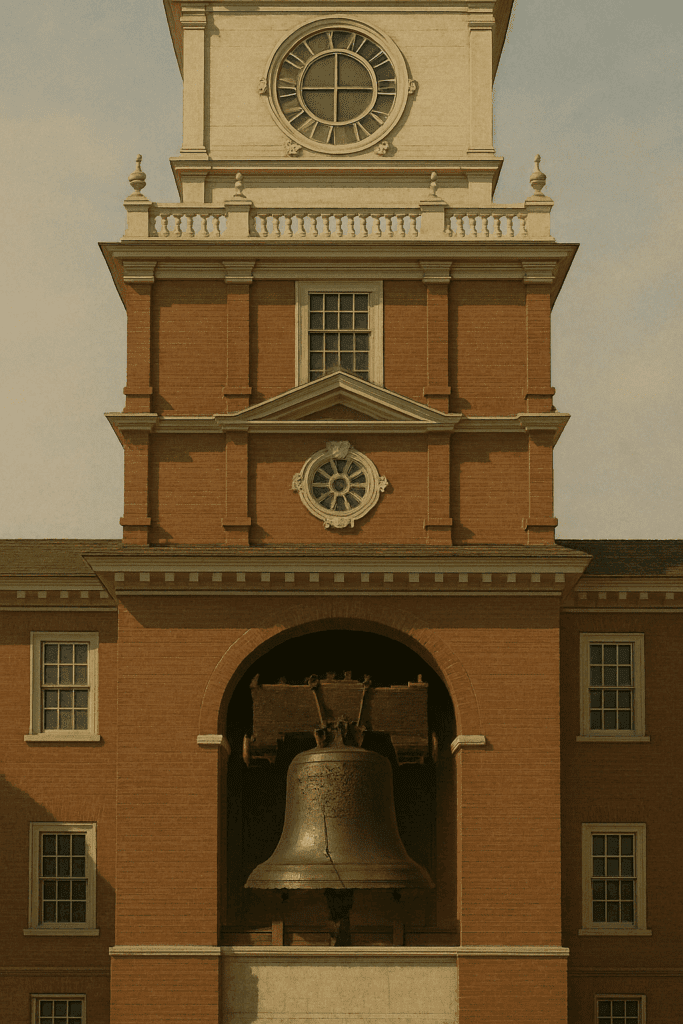
Did the Liberty Bell Ring?
Yes, but maybe not exactly how the legend says.
The famous Liberty Bell, hanging in the Pennsylvania State House, likely rang on July 8, along with other bells in Philadelphia, to mark the celebration.
However, historians debate whether it specifically rang during the reading itself. Regardless, the bells of Philadelphia definitely filled the air with joyous noise that day.
Celebrations Across Philadelphia
Philadelphia’s July 8th celebrations included:
- Bells ringing from churches and public buildings
- Military salutes and cannon fire from local troops
- Crowds gathering to hear the Declaration read multiple times
- Public readings not just at the State House, but also in parks and squares
It was a day of hope, pride, and new beginnings — though full independence would still have to be fought for on the battlefield.
Who Was Colonel John Nixon?
- John Nixon was a Philadelphia merchant, patriot, and officer.
- Chosen for his strong voice and reputation for loyalty, he had the honor of making the first public reading.
- Later, Nixon served as a brigadier general in the Pennsylvania militia.
Legacy of July 8, 1776
Today, July 8, is remembered as the day the American Revolution became real to everyday people.
It transformed independence from an elite congressional decision into a public movement supported by citizens willing to fight for freedom.
Philadelphia’s public reading set the tone for the Revolution and made it clear that the colonies were no longer whispering about independence — they were shouting it for the world to hear.
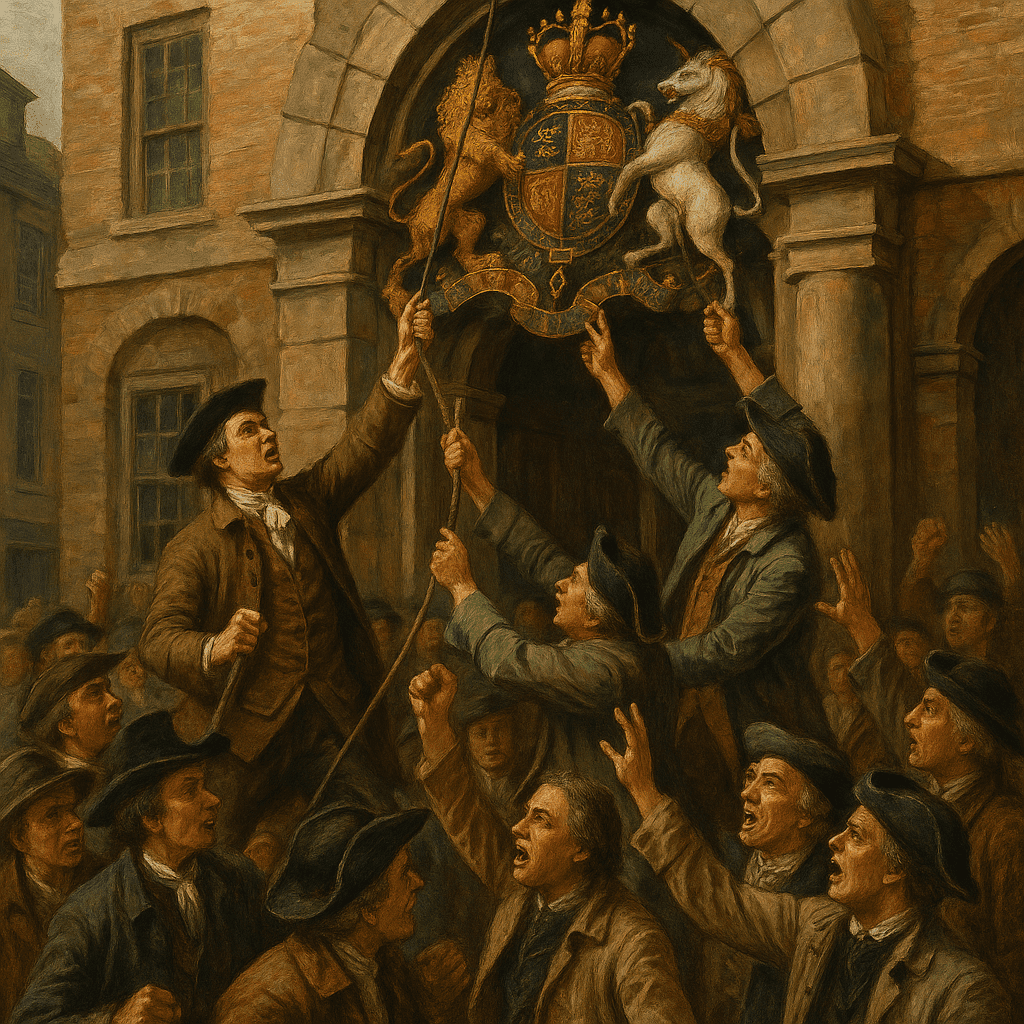
Fun Facts About July 8, 1776
- The Declaration was read aloud multiple times that day in different parts of the city.
- Citizens also burned effigies of King George III to symbolize their break from Britain.
- Some Philadelphians tore down the British coat of arms from public buildings.
At that time, Washington was in New York City, preparing for the expected British invasion during the Revolutionary War.
Here’s a quick timeline:
- On July 4, 1776, when the Declaration of Independence was adopted, Washington was already stationed with the Continental Army in New York.
- On July 6, 1776, Washington received a copy of the Declaration.
- On July 9, 1776, Washington had the Declaration read aloud to his troops in New York City to inspire them for the upcoming battles.
Conclusion: July 8th, A Day to Remember
While July 4th is the day we celebrate officially, July 8, 1776, was the first time the Declaration of Independence truly reached the people. Philadelphia rang with bells, echoed with cheers, and set the spirit of liberty loose across America. Without July 8, Independence Day might have remained just a piece of paper. In celebration of the 250th anniversary of the signing of the Declaration of Independence, we are presenting this little-known fact and many others in future articles.
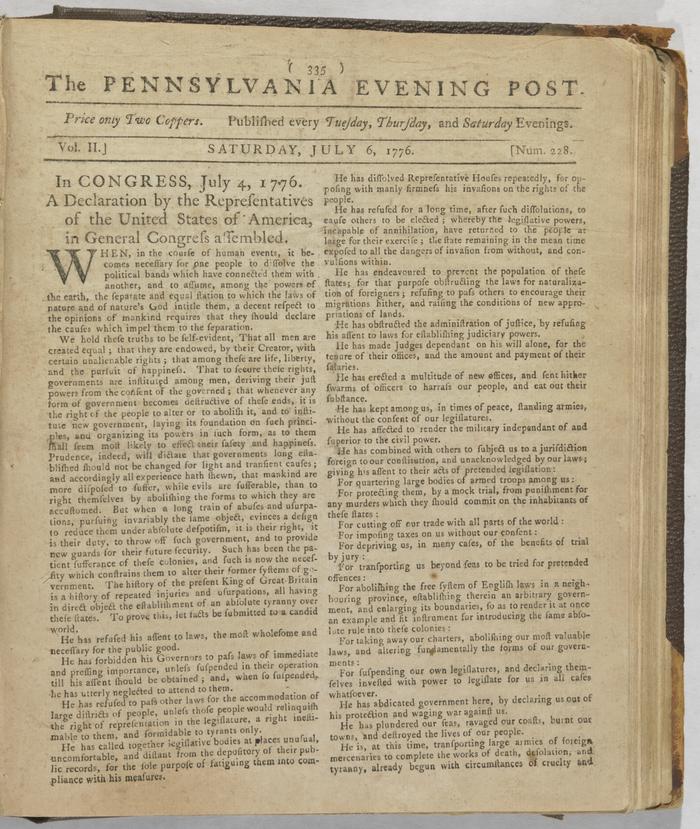
Why Did We Create This Article and Series?
Today, about 7.2% of American citizens were born in other countries. Many did not have the benefit of learning American history in school. Even for those born here, in my opinion, schools have not done a good job of teaching children about their heritage. Only about 10–15% of today’s citizens descend from individuals who lived in the new United States during and just after the War of Independence.
I wrote this article to provide context for the 250th Anniversary of our nation’s birth. My ancestors fought in the War of Independence, and others arrived in the early 1800s. Your ancestors may have come in the 1900s or even within the past decade. Regardless of when they arrived, we must understand the blood, sweat, and tears our forefathers sacrificed to create this great nation.
Ever wonder how the new United States got funded?
This riveting article starts with a new country without funds to pay patriots, how were we even able to get started as a new nation? Read this article by clicking here.
250th Anniversary Celebrations
Stay connected to our USA250 series. Our primary article, featuring dates and times of celebrations, will update as new events are announced. We focus mainly on events along the Mississippi Gulf Coast, although we will also highlight major celebrations in Washington, D.C., and Philadelphia.
Please click the button below to read the article and sign up to receive notifications when we publish new pieces in this special series.
You may want to read a few of our other articles, such as “The Best Gift Kids Can Give to Their Parents” and The Best Simple Ways to Organize Your Financial Life Now.
Please leave comments on this and other articles. Enter your email address above to subscribe for free, you will receive notifications of future articles.
FAQ What happened on July 8, 1776
🇺🇸 Explore More in Our 250th Anniversary Series
This article is part of our ongoing RetireCoast historical series celebrating America’s 250th Anniversary. Visit the full hub page to explore more stories, research, and perspectives from 1776 to today.
🔗 Visit the 250th Anniversary HubDiscover more from RetireCoast.com
Subscribe to get the latest posts sent to your email.



